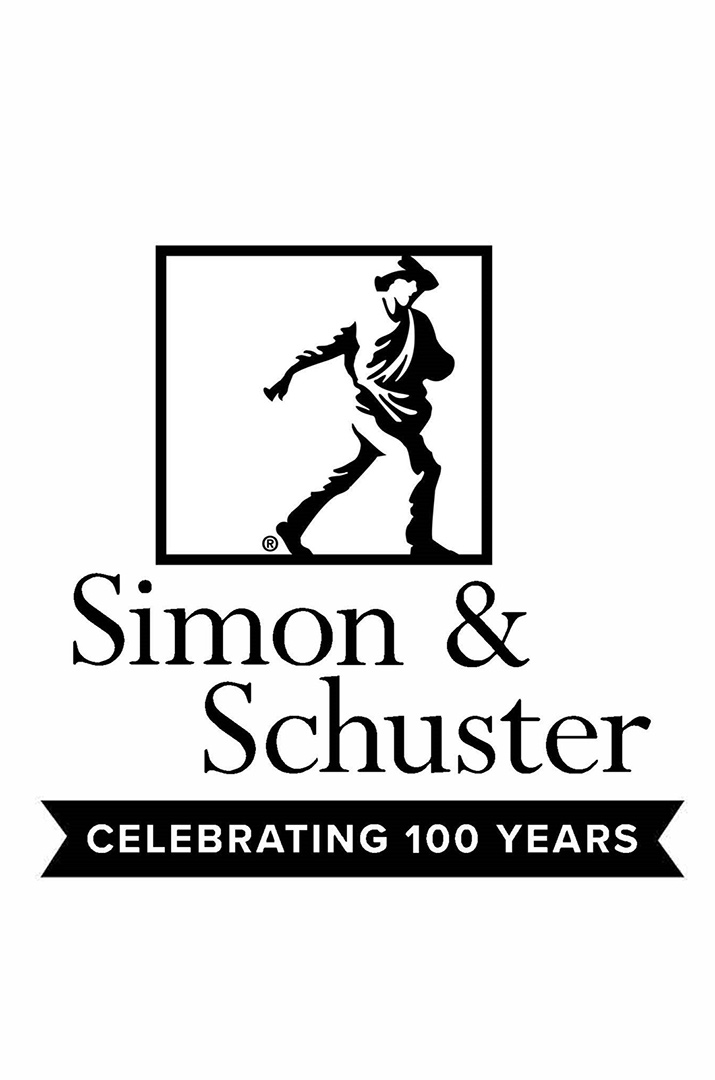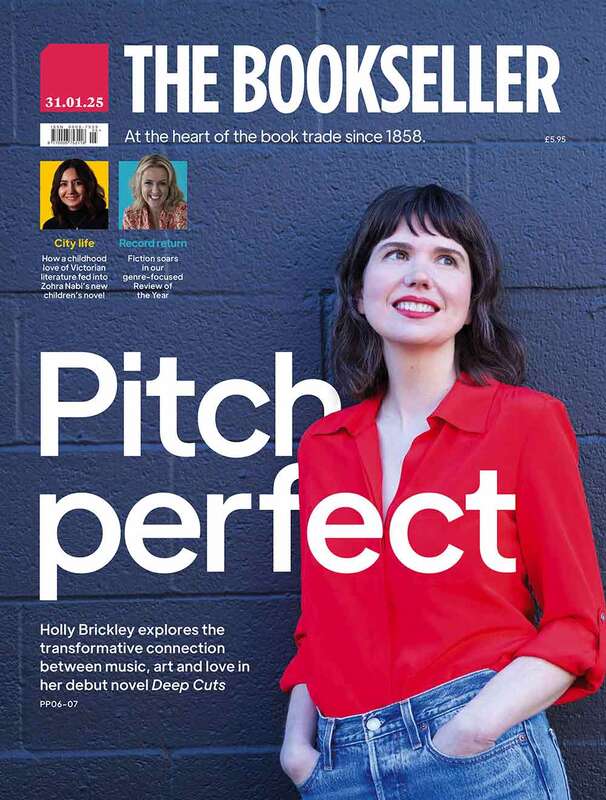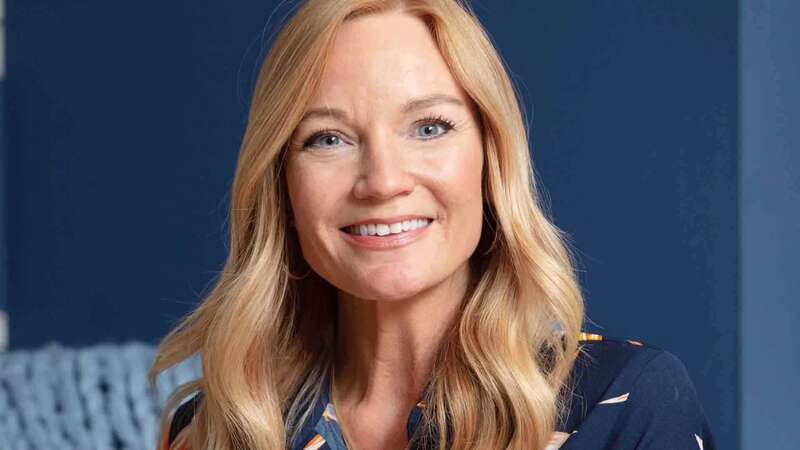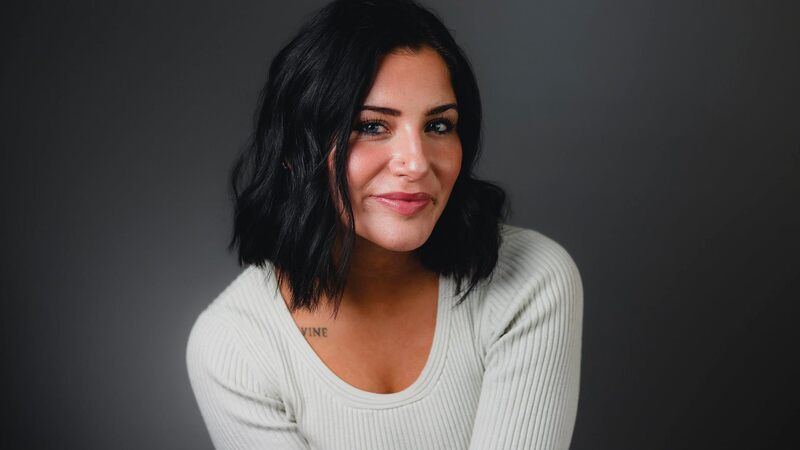You are viewing your 1 free article this month. Login to read more articles.
Simon & Schuster's Jonathan Karp outlines expansion plans as publisher marks centenary
The publishing giant’s chief executive is upbeat about its future, looking ahead to private equity-fuelled global expansion at the same time as celebrating the company’s ‘dynamic’ history

On the cusp of Simon & Schuster’s big 100th birthday celebration—its very first publication, The Cross Word Puzzle Book, debuted on 10th April 1924, in Jazz-Age New York—chief executive Jonathan Karp is bullish. “We see blue skies.”
That he sounds convincingly buoyant is all the more remarkable, given the very considerable challenges of this decade’s first four years. There was the unexpected death of admired leader Carolyn Reidy in May 2020; Karp’s fast-track elevation nine days later to his former boss’ job; the prolonged pandemic; and the multi-year nail-biter sale by conglomerate owner Paramount in which the Department of Justice nixed an initial betrothal with Penguin Random House, and a consummation finally took place last October with private equity’s KKR.
Yet amid the churn, S&S, in 2022, achieved $1bn-plus in revenues for the first time ever. It is now preparing to commemorate the centenary with a series of publications and events: a website, SimonandSchuster100.com; a selection of significant books, The Simon & Schuster 100; an illustrated romp of a company history, Simon & Schuster: A Century of Publishing, put together by Julianna Haubner, a young editor at the Avid Reader imprint; and two events in New York on 8th and 9th April. The first of these is ticketed and open to the public, and features more than 30 stellar authors, with a percentage of sales going to charity. The second is a private party for a mere 1,300: staff, accounts, agents, vendors and authors.
The purchase by KKR has been a “galvanising” event, says Karp. Before, any profits S&S made fattened the coffers of Paramount; now, KKR “allows us to invest more in ourselves”. As well as hiring new staff “across all aspects of the company”, imprints are being created (such as Atria’s Primero Sueño Press, to publish Latin and Hispanic authors in English and Spanish), expanded (for example sci-fi/horror/fantasy imprint Saga Press, whose list is being doubled and has moved from Gallery to the S&S mother ship) and revived (such as Summit Books, the imprint created for and by a famous editor, James Silberman, back in 1976, then shuttered in 1991, and now a rising phoenix under Judy Clain, former long-time chief editor at Little, Brown).
International expansion is being given a big push, in Canada, the UK, Australia and India. Indeed, Karp hopes that Summit “will become the epitome of S&S’ international expansiveness. We will have a truly international editorial vision, looking for authors throughout the world, and we want to publish more local authors.”
Fresh faces, great strides
The fresh-off-the-press hiring of Nicole Winstanley, former vice-president of PRH Canada, as president and publisher of S&S’ operation in that country is another sign of those intentions. When Karp announced Winstanley’s appointment to company staff on Zoom, “there was lots of applause. She’s one of the best publishers in Canada. We’ll see a much more varied list out of there, and a more international perspective.”

While admitting that S&S UK is smaller by a long way than S&S US, Karp asserts: “We intend to change that. Ian Chapman has made great strides—the children’s division is already a major force and engine to drive growth, and we’re expanding our non-fiction and publishing more literature than ever before, hiring more editors and adding imprints. Ian has big plans: stay tuned.”
S&S is also thinking about “other languages and other countries,” says Karp. There will be more original audiobooks—with Spotify’s entrance on the scene, “there’s more of an audience”. It’s also investing in its distribution business: S&S services has more than 100 clients now, and is looking for more. Another way that the purchase by KKR has been “transformative”, Karp emphasises, is that all employees now have a stake in an ownership pool, so that “when we’re eventually sold, staff will share in the profits. The pool will get bigger based on how much more valuable the company becomes. It’s an exercise in inclusive capitalism.”
Publishers have less control of the levers than ever. If you’re a control freak, it’s not easy
Touting his firm as now “the largest independent publisher of general trade books”, Karp says being privately held “will allow us to invest for the long-term”. Of course, “long-term” is a fluid concept when it comes to private equity. Entities such as KKR buy properties, then flip them by their own time frame, to reap the greatest profits for themselves. Will it hold on to S&S for five years? Ten years? That’s not a question Karp is prepared to answer. External factors, including the overall mergers and acquisitions marketplace, will play a part. KKR’s history is chequered: early on in its existence, its role was as the “barbarians at the gate” in the RJR Nabisco leveraged buyout. Karp sees the current situation as very different, however, in part because of the role that Richard Sarnoff, chairman of media at KKR Americas, plays. They first met when Karp was a Random House editor and Sarnoff that company’s chief financial officer.
Continues...

Karp describes himself as “elated” when Sarnoff emerged as “victor in the S&S sweepstakes”, saying it’s “rare being able to work with someone as knowledgeable about publishing who also has a first-rate strategic business mind”.
Sarnoff is board chair of the newly privatised company, joined by Ted Oberwager, who leads KKR’s gaming, media, entertainment and sports verticals, and Chresten Knaff, a member of KKR’s media and software teams. PRH US’ former chief executive Madeline McIntosh; V Pappas, former chief operating officer of TikTok; and Kareem Daniel, ex-Disney, constitute, for Karp, “a dream team” of a board. He also points to Barnes & Noble, controlled by investment concern Elliott Advisors, and sees “a company that’s benefited dramatically from being owned by private equity”.
Founding spirit ‘endures’
Anybody arriving to meet Karp can’t help but notice two photographs near the elevator bank on the executive floor: one of Richard L Simon, the other of M Lincoln “Max” Schuster. Asked if anything else, besides the photos, remains of those two young men who took a chance in 1924, Karp is adamant: “Their spirit endures. They were interested in matching ideas to authors, generating ideas for books. That’s in our DNA. Two hundred editors still wake up asking the same question Max used to ask: ‘Is there a book in it?’ That’s an important quality. We’ve always been dynamic, scrappy, straightforward, entrepreneurial, with an innovative approach to marketing. Dick used to call authors up and tell them their sales figures. Now we do it by email. We’ve always been good at getting books to market fast: when FDR died [in 1945], a Pocket Book appeared six days later. We have that same metabolism. We embrace our history.”
When asked how that can continue in a post-pandemic world of remote work, Karp replies that staff were given a choice: if they wanted to keep their offices, they agreed to come in at least two days a week. Around half do so; half do not. “Certainly, we’re putting a lot of emphasis on communication and providing opportunities for colleagues to get to know each other,” Karp continues. “It’s entirely possible that younger or newer employees are going to learn the mores and methods of publishing at S&S in a different way. There’s no one way.”
Of the challenges facing the publishing business, he sees the biggest as “making people aware of a book given the cacophony of the culture. The audience is fragmented more than ever. However, it’s also true that word-of-mouth travels faster than ever because of digital. It’s not better or worse; it’s just different. Publishers have less control of the levers than ever. If you’re a control freak, it’s not easy. But if you have faith in the quality and appeal of a work you’re publishing, it’s still a very good time to be a publisher. All it takes is one person to start a tsunami of interest. It’s so exhilarating to see a book on the backlist start to sell because someone read it and posted something.”
Karp, “mindful” that AI is “of great concern to authors and agents”, is “proceeding very carefully” on that front, “with their concerns in mind. There will be no rude surprise coming out of S&S”.
There was time for one more question. S&S has survived 100 years of different owners, different chief executives, some very rocky times, and is still here; could something like it start up now and flourish? Karp was optimistic: “I think yes. Look at Spiegel & Grau or Zando,” he said, giving a nod to a recent article in The Bookseller. “They could be the next.” As for himself, Karp has clearly taken to heart another defining characteristic of the company: “People here, when faced with a challenge, they always get things done.” That, too, is embracing S&S history.













